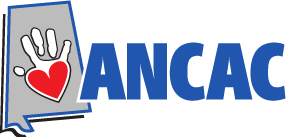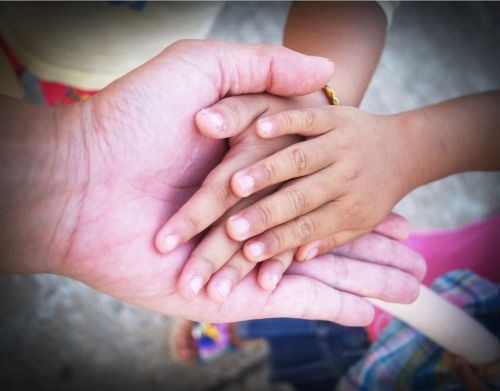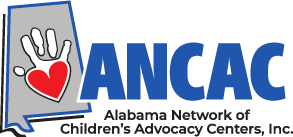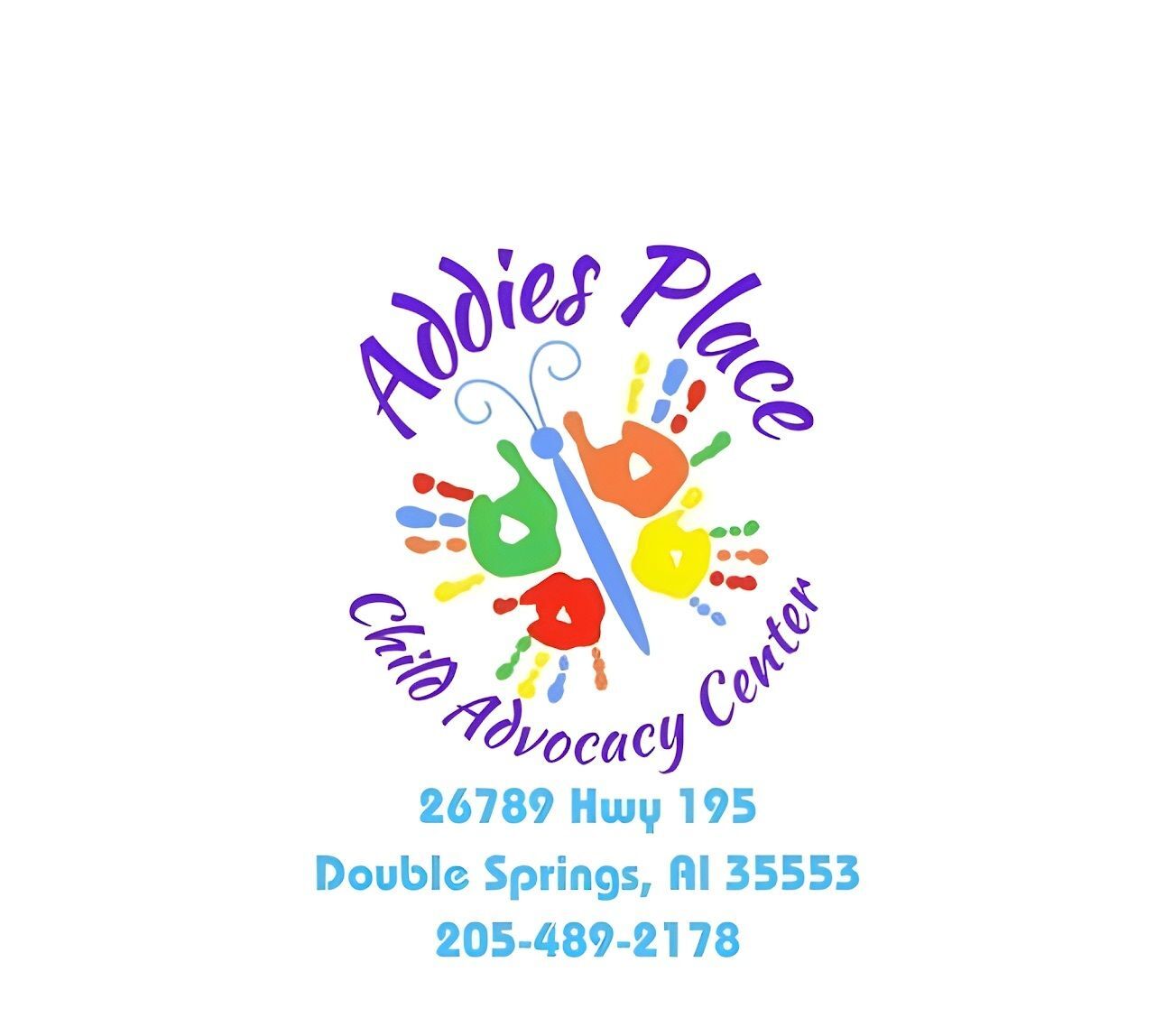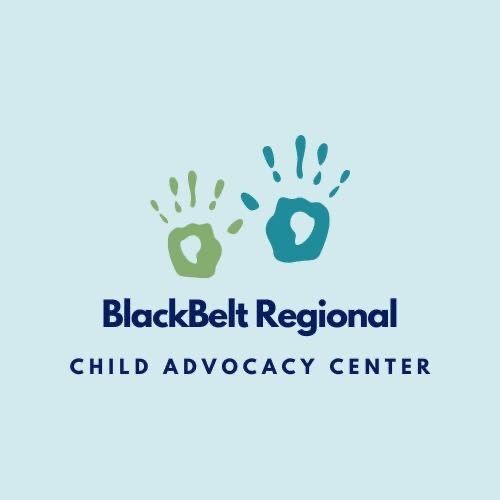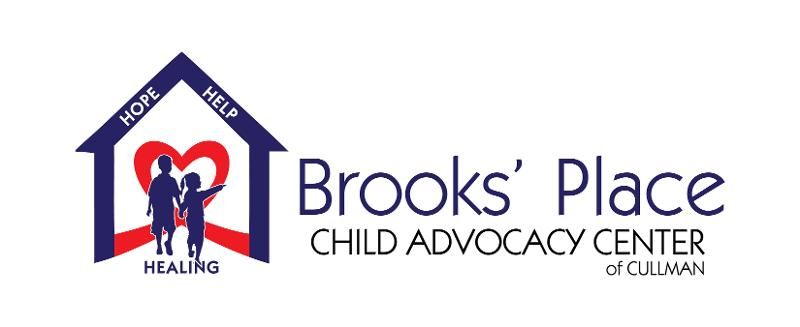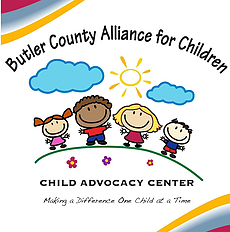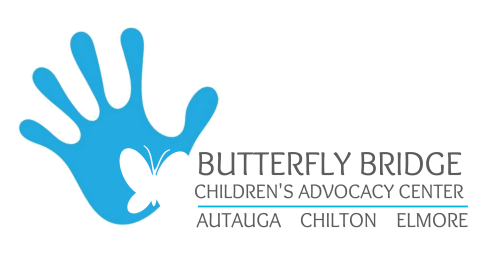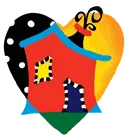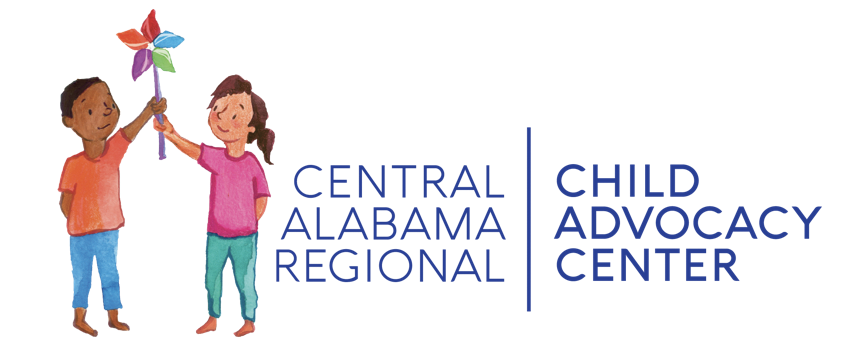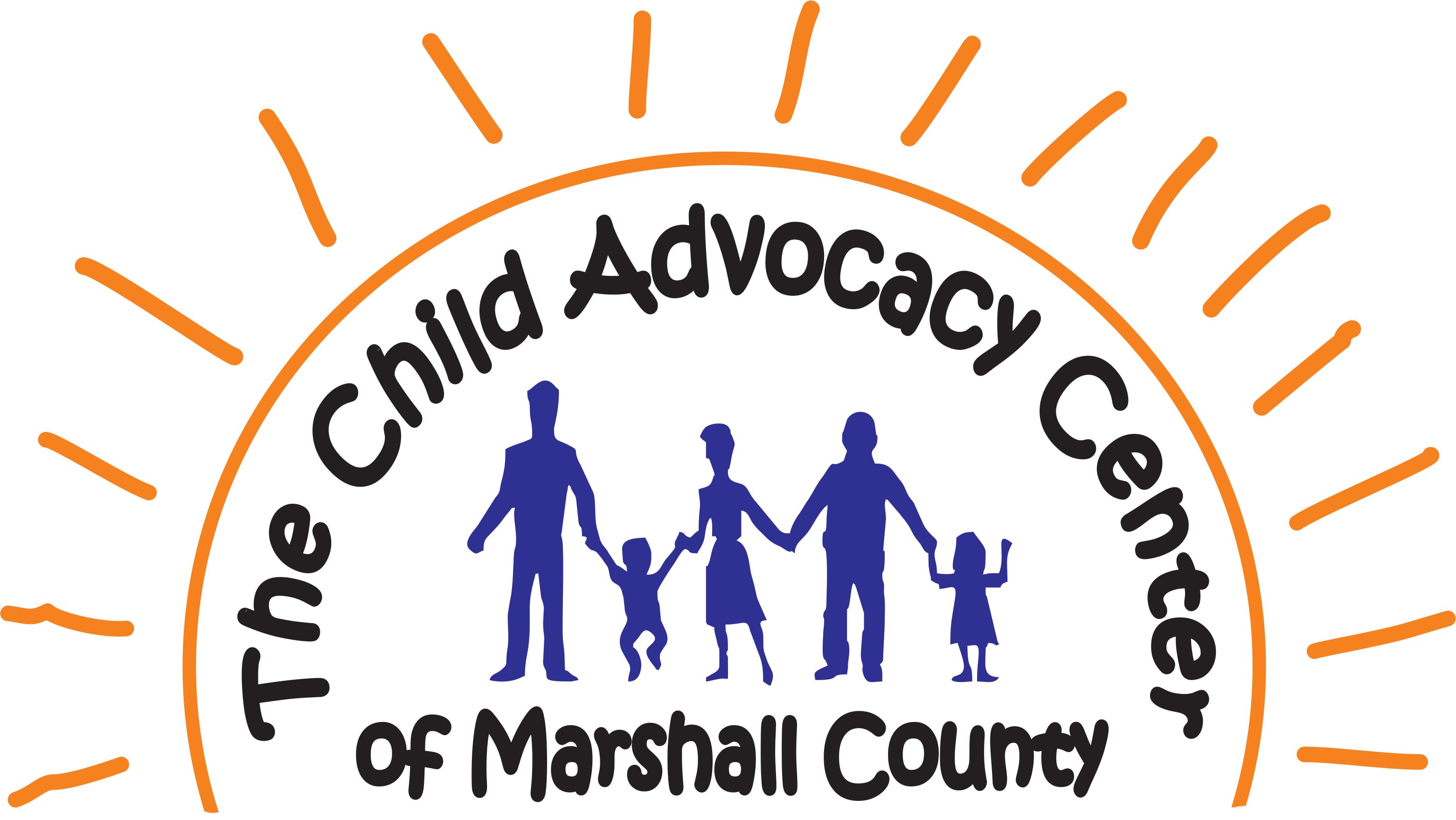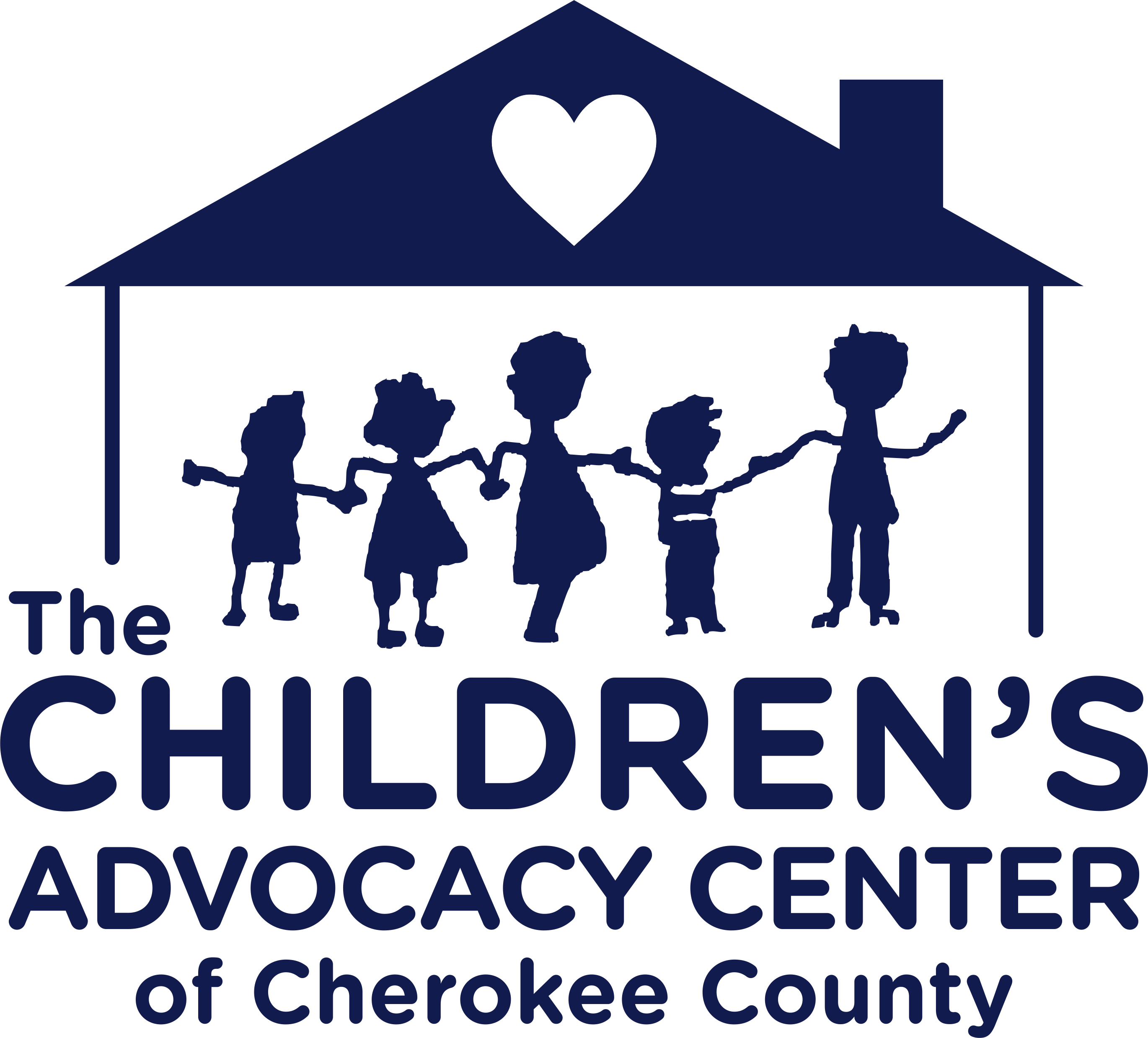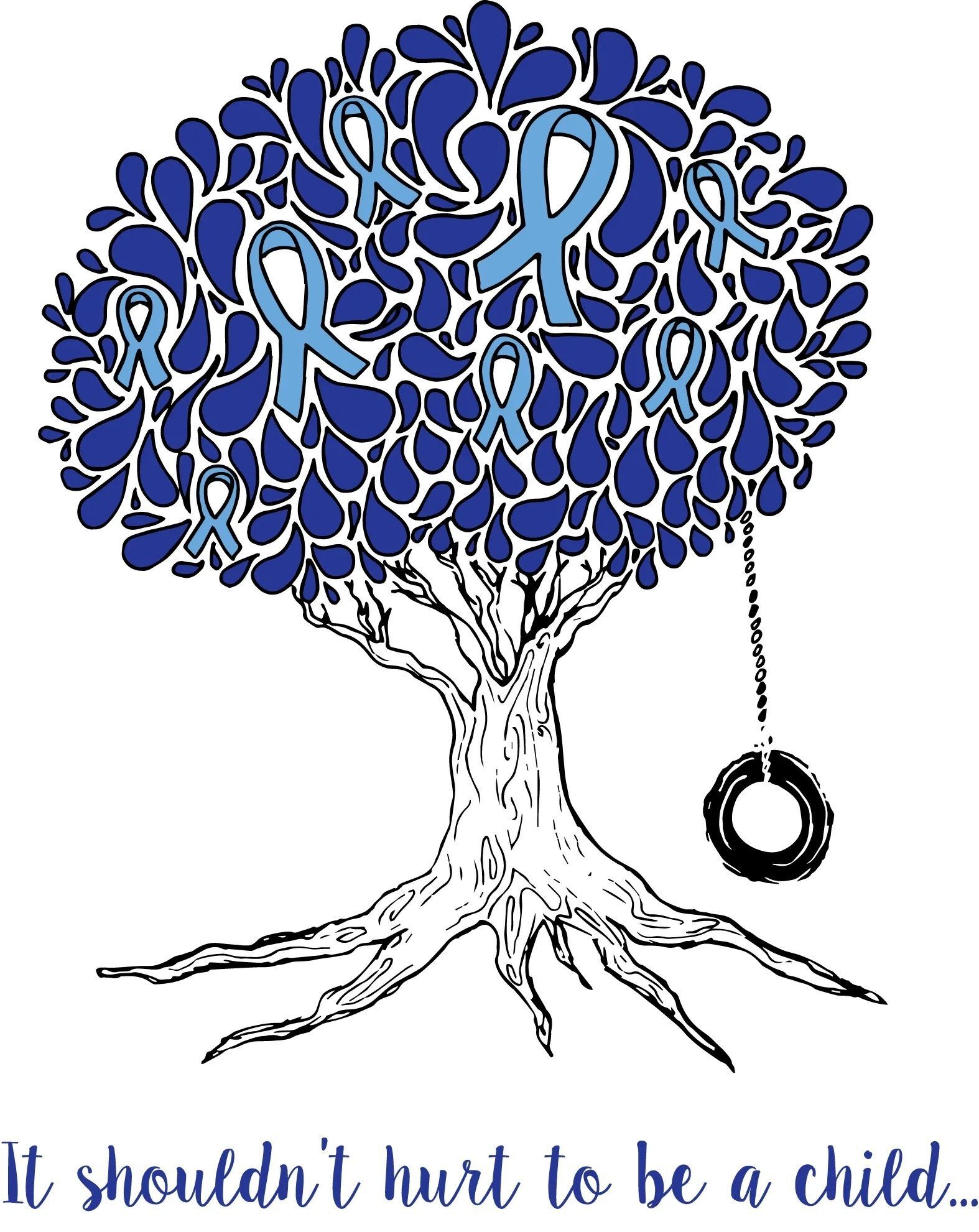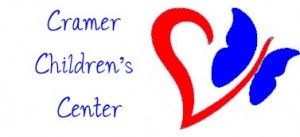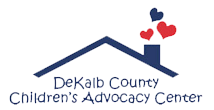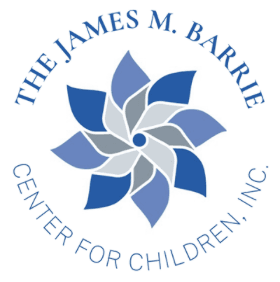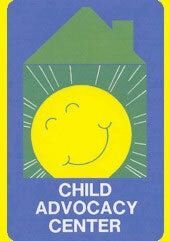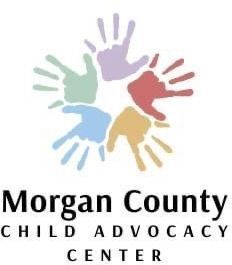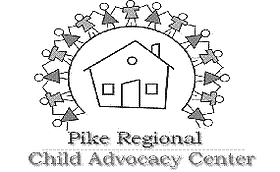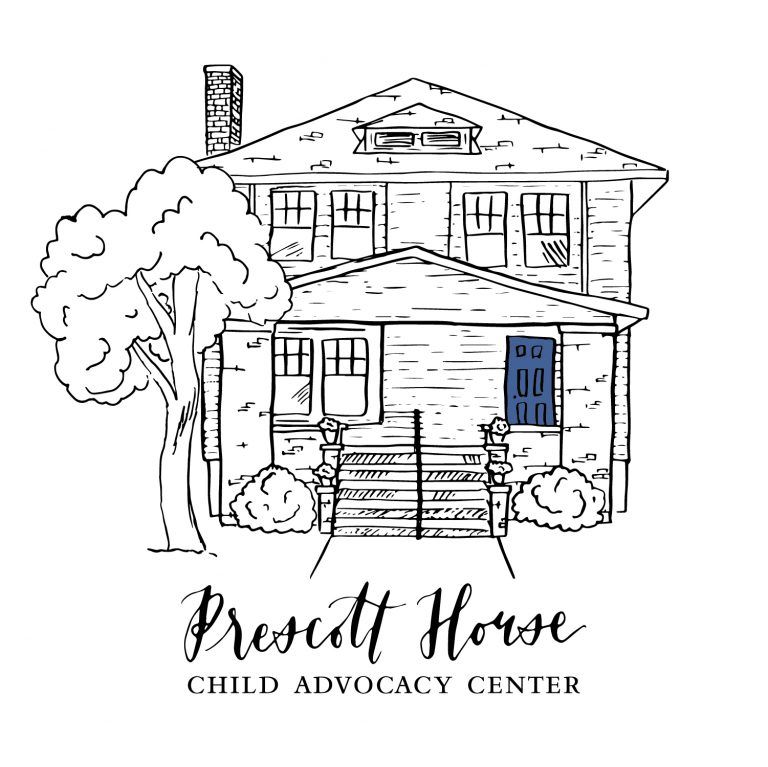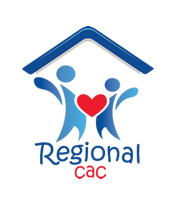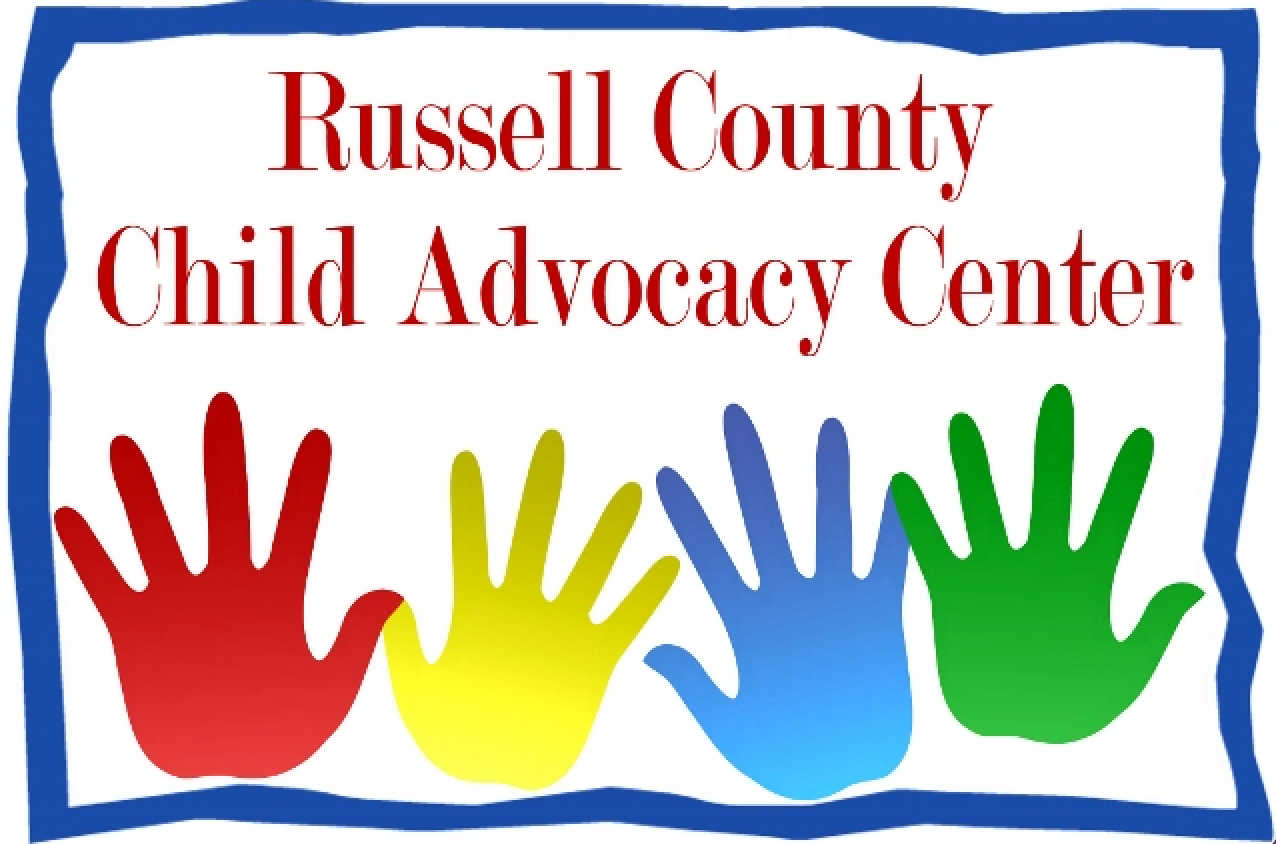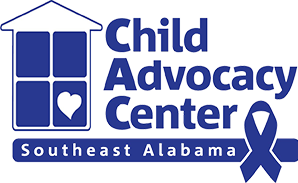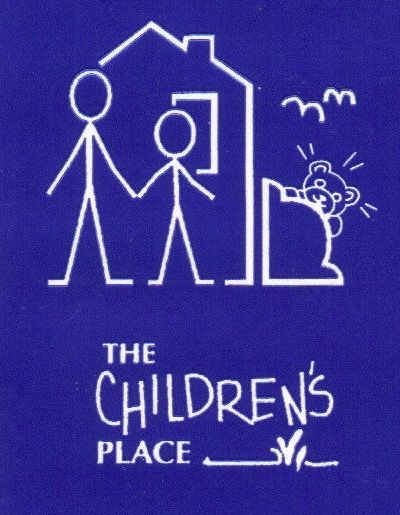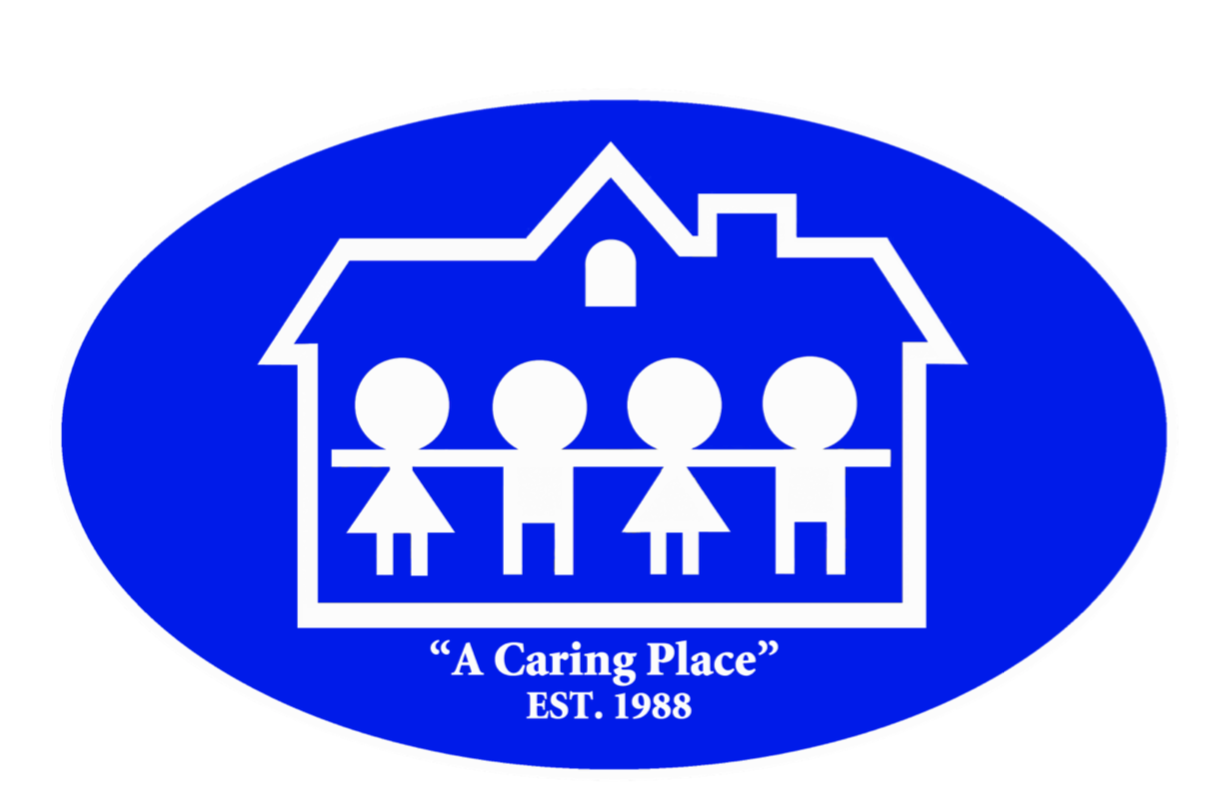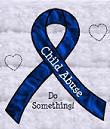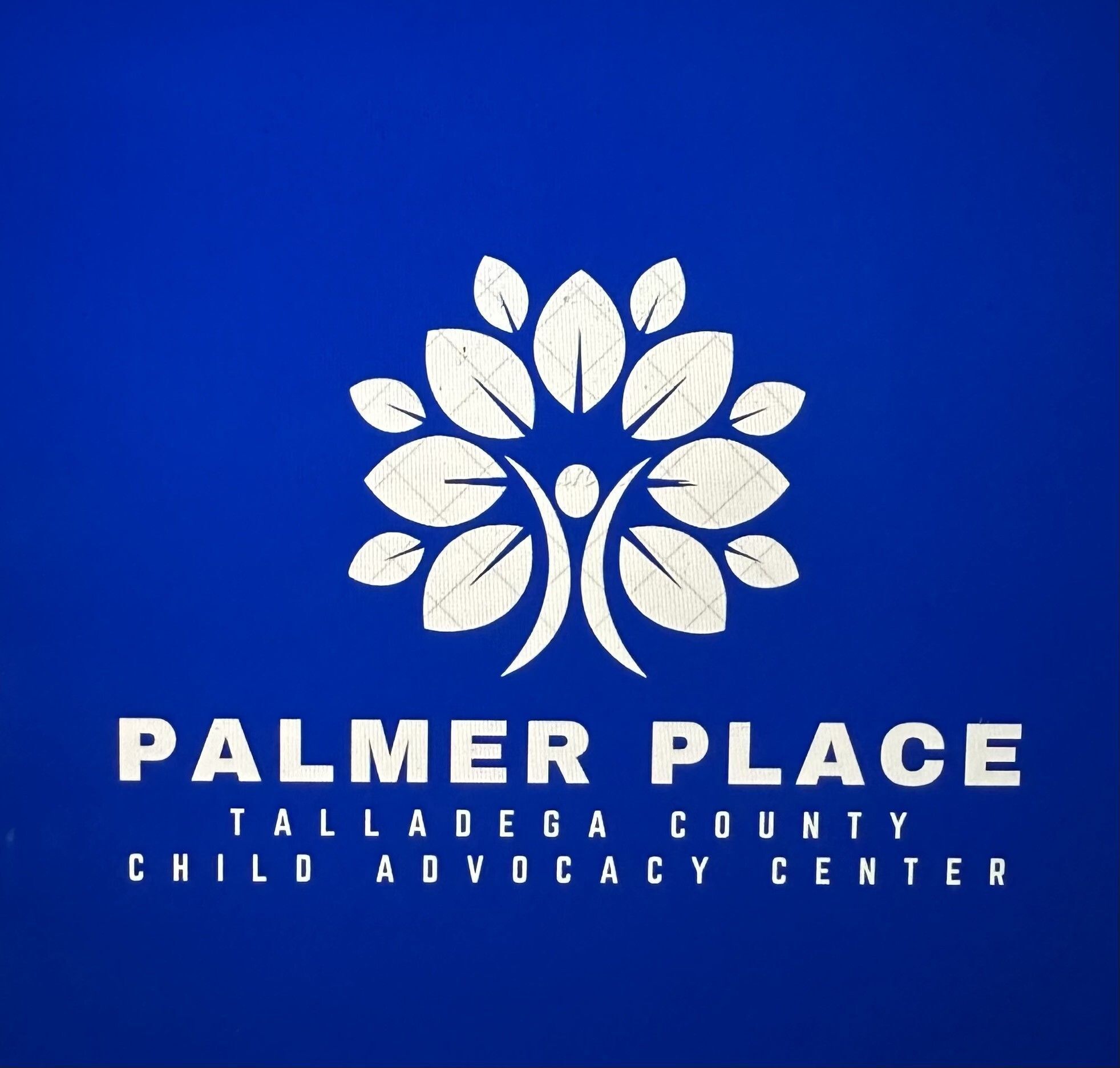Sexual Abuse Red Flags:
Physical Indicators
Difficulty in walking or sitting.
Lack of bowel control.
Bloody discharge in pre-menstrual girls or anal bleeding in boys.
Venereal disease.
Complains of pain, itching or swelling in the genital area.
Indicators in Child's Behavior
Child discloses he/she has been sexually abused.
Bizarre or unusual sexual behaviors.
Knowledge of sexual behaviors inappropriate for child's age.
Excessive masturbation.
Lack of self-esteem, depression.
Child talks of "secrets" that cannot be told.
Parental Behaviors
Perceives the child as "different" or "bad".
Belittles or humiliates the child.
Insists that the child be treated differently.
Expresses or shows no affection toward the child.
Physical Abuse Red Flags:
Unexplained bruises...
...appearing on the soft tissue of the face (black eyes), on the genitals, back, buttocks, or upper
thigh reflecting the shape of a belt buckle, extension cord, handprints, etc.
Child is furtive or embarrassed when bruises are discussed.
Child has many "accidents" at home and seems secretive about what happened.
Child complains of beatings.
Unexplained lacerations...
...to the face, mouth, eyes, gums, etc.
...to the external genitals.
...to the legs, arms, torso that mimic the imprint of a belt, extension cord, coat hanger.
Unexplained burns...
Cigarette burns on the body.
Scald burns that look like immersion burns.
Rope burns or abrasions.
Indicators in Child's Behavior
Fear of parents or caretaker.
Reluctant to go home.
Difficulty in walking, limping, sore joints.
Listless, detached, withdrawn, preoccupied, extremely aggressive.
School performance deteriorates; achievement does not reflect ability.
Wears inappropriate clothing, i.e., long sleeves and does not want to dress out for physical education class.
Parental Behaviors
Shows little feeling or compassion for the child.
Belittles the child.
Has unrealistic or bizarre expectations.
Expects the child to conform to rigid standards of behavior.
Gives vague or inconsistent explanations of accidents or injuries.
Physical Neglect Red Flags:
Physical Indicators
Underweight, often hungry, pale.
Eyes are listless, sunken, dark circles.
Poor hygiene, dirty bodies, dirty or ill-fitting clothing, offensive body odor.
Unattended medical needs.
Indicators in Child's Behavior
Begs, steals or hides food.
Reports that he is left at home alone for extended periods.
Fatigued and preoccupied.
Seeks affection or attention inappropriately.
Parental Behavior
Leaves child unattended for long periods of time.
Seems unconcerned for the child's physical needs.
Chronically does not provide food or money to purchase food at school.
Refuses to obtain needed medical and/or dental treatment for the child.
Short & Long Term Effects:
In most cases, children who are abused or neglected suffer greater emotional pain than physical damage. Recognizing the importance of early trauma to future development is crucial to assisting the victim. Not all abused or neglected children will experience long-term consequences. The outcomes of individual cases are influenced by a variety of factors that include:
Age and development status when the abuse took place
The type of abuse (physical, emotional, sexual, etc.)
Regularity and duration of the abuse
The child’s relationship with the abuser
Physical Effects
Can be minor (bruises or cuts) or severe (broken bones, hemorrhage)
Important regions of the brain fail to form or grow properly
Lifelong physical health problems
Shaken Baby Syndrome (blindness, learning disabilities, mental retardation, cerebral palsy)
Psychological Effects
Isolation
Fear
Inability to trust
Lifelong Consequences
Low self-esteem
Depression
Relationship difficulties
Behavioral Effects
Studies have found abused or neglected children to be at least 25 percent more likely to experience problems in adolescence, including:
Delinquency
Teenage pregnancy
Low Academic Achievement
Drug Use
Mental Health Problems
Societal Effects
Direct Costs:
Maintaining a child welfare system
Expenditures by the judicial, law enforcement, health, and mental health systems
Indirect Costs:
Costs associated with juvenile and adult criminal activity
Mental illness
Substance Abuse
Domestic Violence
Loss of productivity due to unemployment and underemployment
